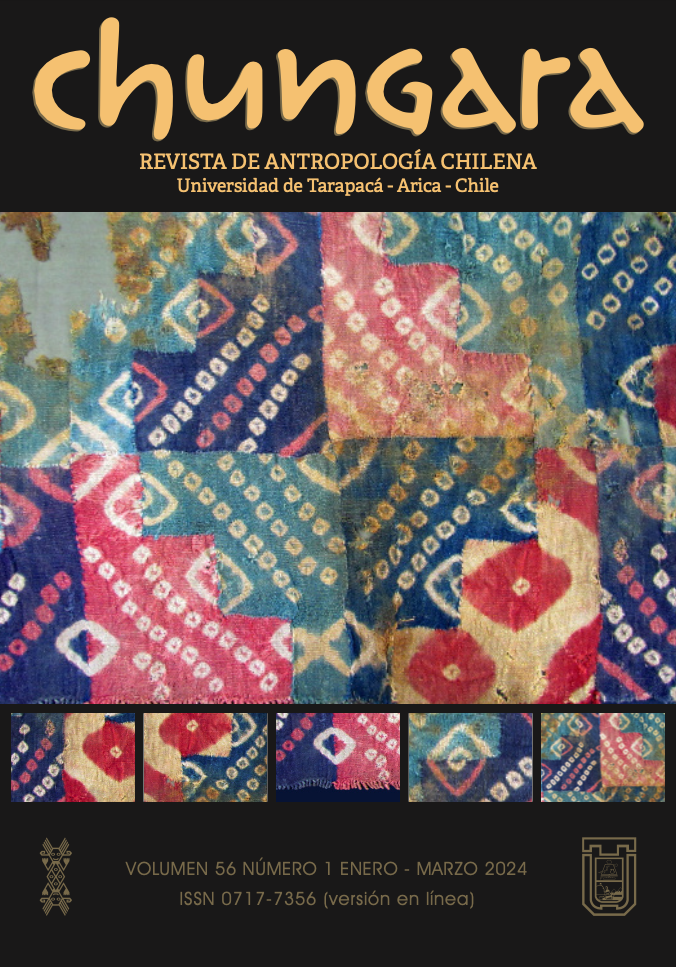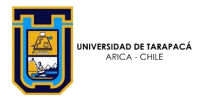20185002(en)/04 - Obsidian in the Forest: Geochemistry of Archaeological Artifacts from SW Río Negro and NW Chubut (Patagonia, Argentina)
OBSIDIAN IN THE FOREST: GEOCHEMISTRY OF ARCHAEOLOGICAL ARTIFACTS FROM SW RÍO NEGRO AND NW CHUBUT (PATAGONIA, ARGENTINA)
OBSIDIANAS EN EL BOSQUE: DETERMINACIÓN GEOQUÍMICA DE ARTEFACTOS ARQUEOLÓGICOS DEL S-O DE RÍO NEGRO Y N-O DE CHUBUT (PATAGONIA ARGENTINA)
Cristina Bellelli, Mariana Carballido Calatayud and Charles Stern
We present new data about the trace-element geochemistry of obsidian artifacts from archaeological sites located in the mixed Nothofagus and Austrocedrus forest of northwest Patagonia, Argentina. These data enlarge the available information in this field and allow us to discuss both the spatial distribution and the circulation of obsidian inside the forest and between this environment and both the steppes to the east and the Pacific coast to the west. We analyzed by ICP-MS the trace-element composition of 32 archaeological obsidian artifacts from seven sites located in the localities of El Manso, El Hoyo and Cholila. These data indicate north-south circulation of obsidian within the interior of the forest, and also east-west circulation over considerable distances between the steppes and the forest. No obsidian from sources in Chile has been found. Even though hunter-gatherers began to inhabit the Andean Patagonian forest in the Early Holocene, previous studies have not recorded the use of obsidian inside the forest environment until Late Holocene when the most intense human occupation of these spaces occurred. The new data presented here extends the temporal discussion of the use of obsidian in the forest back into the Early Holocene.







